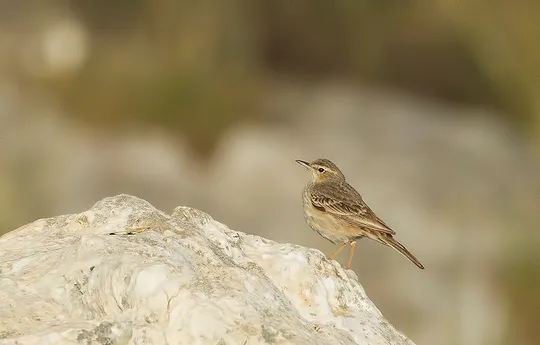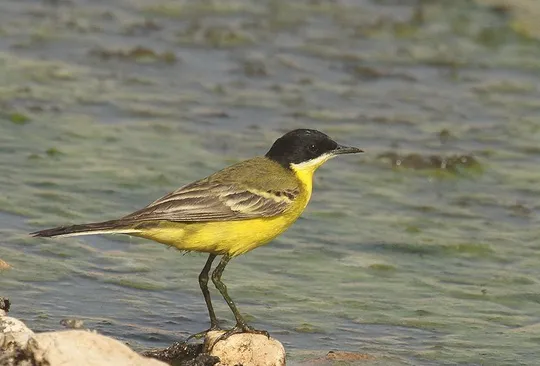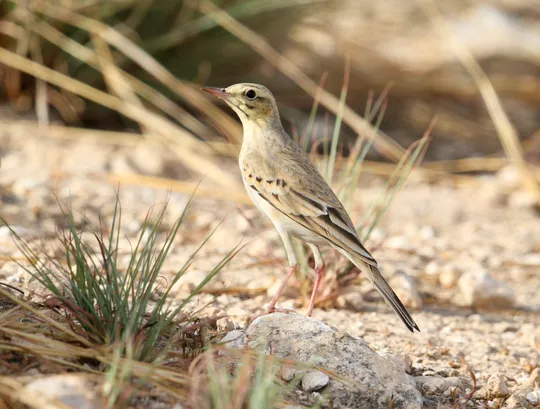Motacilla alba
 Vulnerable
Vulnerable
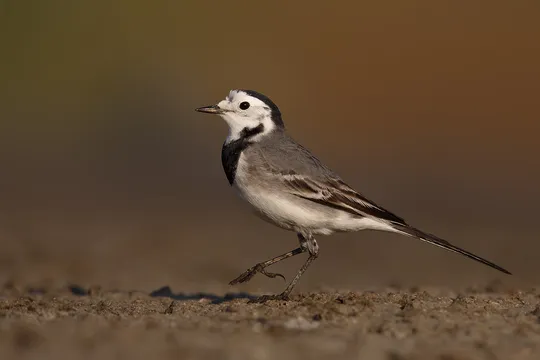
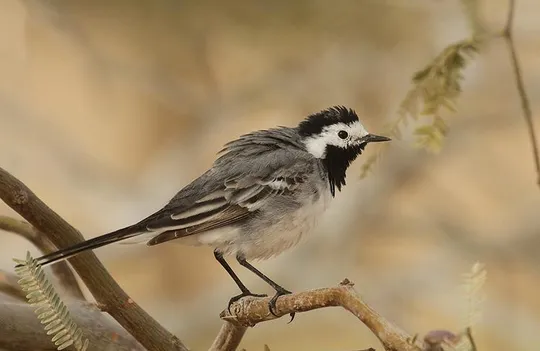
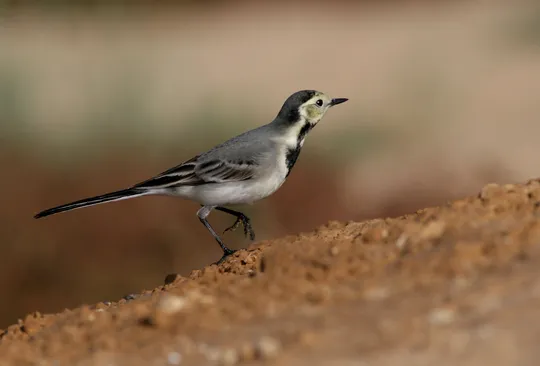
| Habitats | Wetland Thickets, Wetlands with Shallow Banks |
|---|---|
| Presence In Israel | Winter Visitor, Summer |
| Breeding In Israel | Breeder |
| Migration Types | Resident |
| Zoographical Zones | Mediterranean |
| Landscape Types | Wetlands, Fresh Water, Riparian, Marsh, Mud Plain |
| Vegetation Types | Marsh and Riparian |
| Vegetation Densities | Medium, Low |
| Nest Locations | Ground |
| Diet Types | Invertebrate |
| Foraging Grounds | Ground |
| Body Sizes | Small (up to 500g) |
| Threat Factors | Pesticide Poisoning, Wetland Drainage & Pollution |
The White Wagtail is the best known of the four wagtail species seen in Israel. Its contrasting plumage is dominated by hues of white, grey and black. The adult has a black cap and nape, a white forehead and face and a black bib. The back and upperparts are grey, the belly and underparts, white. Body is narrow and slender, with a long tail that it bobs up and down excitedly. It walks vigorously, with jumpy head movements, coordinated with its bobbing tail, occasionally dashing out in pursuit of insects, stopping suddenly and bobbing its tail in long rapid movements. Flight is undulating, and flight call is a characteristic disyllabic note.
A rare breeder in the Galilee and Golan, and a common winter visitor and passage migrant throughout the country. Some 15-25 pairs nest in Israel every year, mainly in the Hula Valley, the Golan Heights, the northern Sea of Galilee and the Western Galilee.
The White Wagtail nests near water, on streambanks, fishponds and reservoirs, in a variety of hidden nooks and crevices. The clutch has 4-7 eggs.
The White Wagtail has been affected by the destruction and pollution of wetland habitats, and possibly also by the intensive use of insecticides in agriculture and water bodies.
No specific conservation measures have been taken for this species to date.
- פז, ע. 1986. עופות. מתוך אלון, ע. (עורך), החי והצומח של ארץ ישראל. כרך 6. הוצאת משרד הביטחון, ישראל.
- Shirihai, H., 1996. The Birds of Israel. Academic Press, London.
- Symes, A. 2013. Species generation lengths. Unpublished, BirdLife International.
- Species page at Birdlife International
Current Occupancy Map
| Data Missing | Sporadic | Limited Sites | Low Density | High Density |
|---|---|---|---|---|
| 0 | 0 | 0 | 0 | 0 |
Distribution maps
The maps presented here provide visual information on the distribution of species in Israel from the past and present, and the changes in occupancy and breeding density during the comparison period. For further reading
Relative Abundance 2010-2020
Breeding density values in the current decade as determined from experts' opinion and observations from databases.
| Data Missing | Sporadic | Limited Sites | Low Density | High Density |
|---|---|---|---|---|
| 8 | 12 | 12 | 21 | 19 |
Relative Abundance 1980-1990
Density values based primarily on the book The Birds of Israel (Shirihai 1996).
| Data Missing | Sporadic | Limited Sites | Low Density | High Density |
|---|---|---|---|---|
| 5 | 14 | 14 | 17 | 22 |
Occupancy 1990-2020
The map shows differences in the species breeding distribution between the 1980's breeding map and the current weighted breeding evaluation. Negative value - species previously bred in the grid and is not presently breeding; positive value - species has not previously bred in the grid and is currently breeding.
| Data Missing | No Change | Occupancy Increase | Occupancy Decrease |
|---|---|---|---|
| 6 | 35 | 1 | 9 |
Change in Relative Abundance 1990-2020
The map shows the changes in the relative abundance of a species in each of the distribution grids between the breeding map of the 1980s and the weighted current breeding evaluation. Negative values - decline in abundance; positive values - increase in abundance; zero - no change in abundance.
| 80 to 100 | 50 | 20 to 30 | No Change | 30- to 20- | 50- | 100- to 80- | Data Missing |
|---|---|---|---|---|---|---|---|
| 0 | 4 | 2 | 22 | 12 | 14 | 11 | 16 |
| Rarity | |
|---|---|
| Vulnerability | |
| Attractiveness | |
| Endemism | |
| Red number | |
| Peripherality | |
| IUCN category | |
| Threat Definition according to the red book |
 Contributed:
Contributed: 